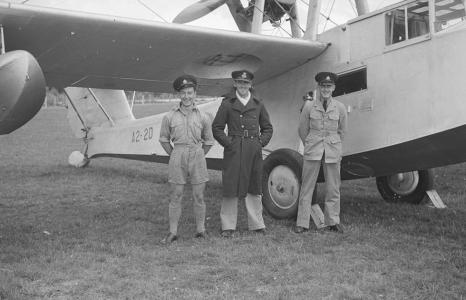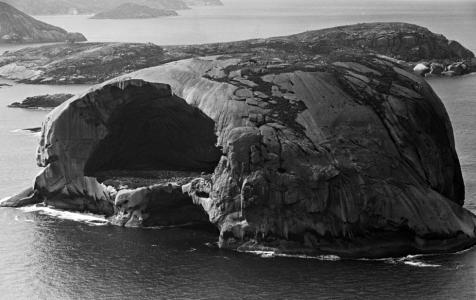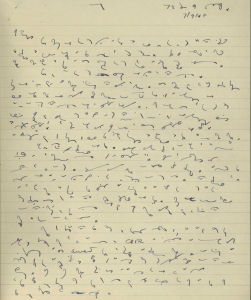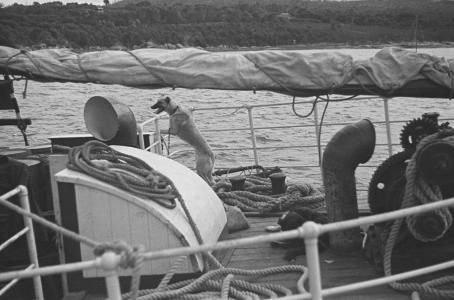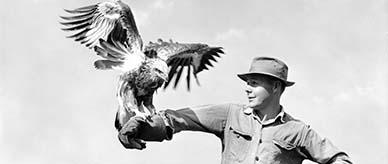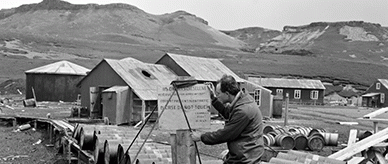Coastal photographs
Stanley Fowler's photographic collection consists of 13,000 images from around Australia's coastline. A remarkable legacy to his photographic skills and his work pioneering aerial reconnaissance and research of Australia's fishing resources.
The photographs were snapped between 1936 and 1947 during his work as a Research Officer with the Council for Scientific and Industrial Research (CSIR). Not only do they include images of vast shoals of fish, marine-life and coastline from the air but they show scenes of people and places from around the Country.
He often 'hitched' a surveillance plane ride with the Royal Australian Airforce to undertake the surveys. These planes also feature throughout the images, along with the many fishing and research vessels he utilised and observed during his work.








